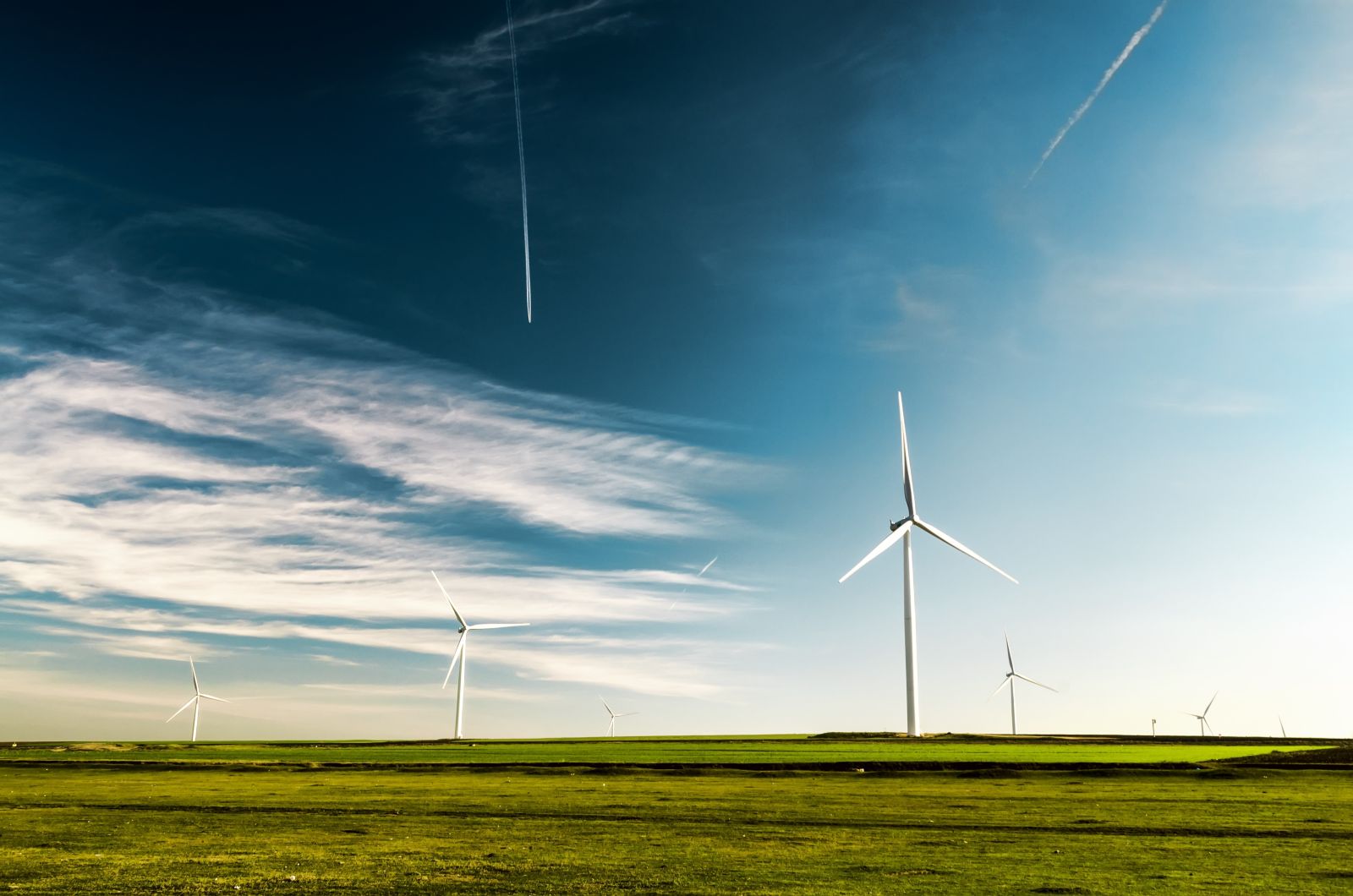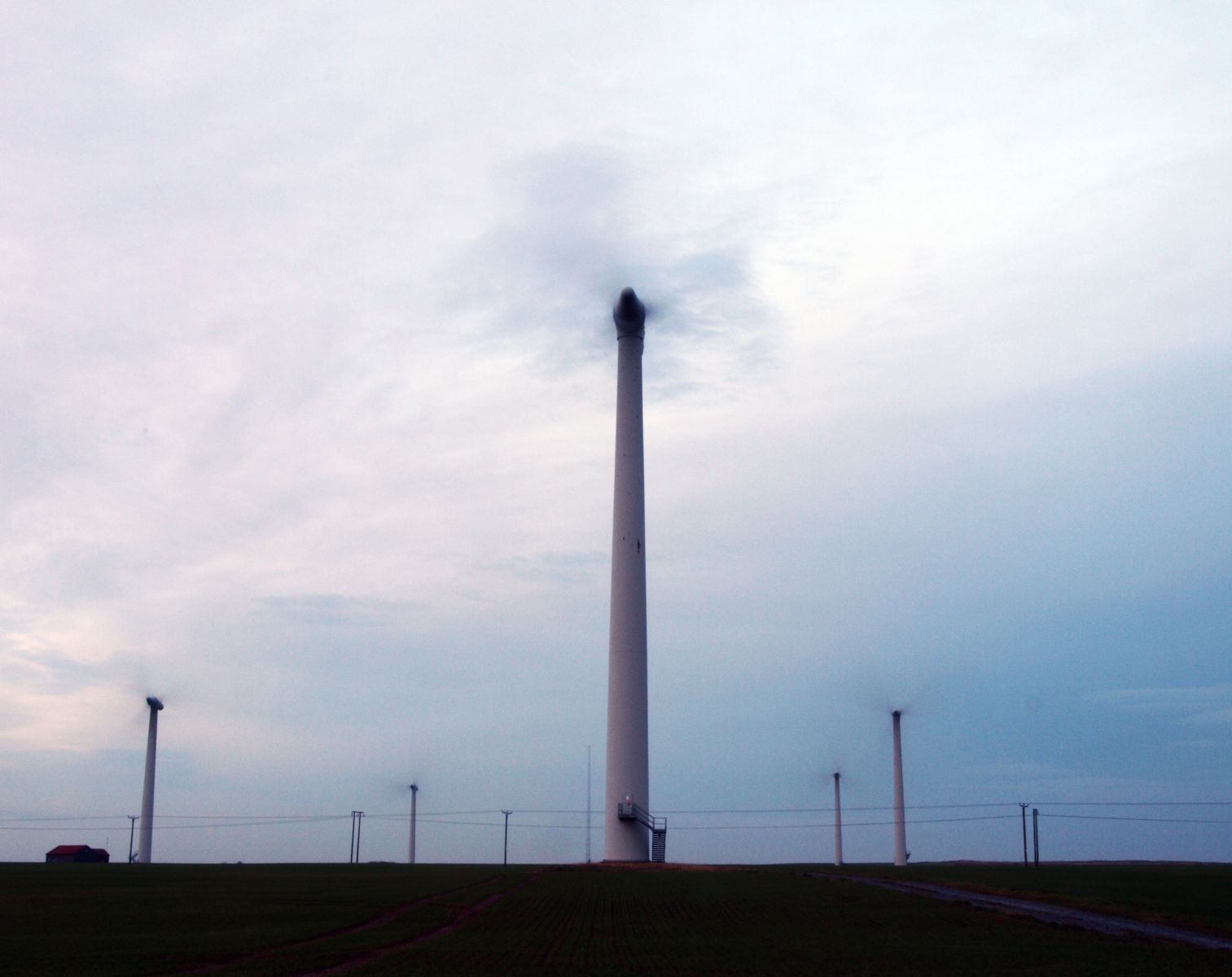How a Bladeless Wind Turbine Works
Modern sustainability technology is not in its final form, instigating as much exhilaration as anxiety. Renewable energy, like wind turbines, must bring more to the table than simple electricity; it must change mindsets about greener living, and what it means to switch to a corporate and individual lifestyle devoid of fossil fuels.
Wind turbines must reinvent themselves until they bridge the gap between everyone’s interests. Bladeless wind turbines could be a window into a more cohesive, progressive future.
Why were bladeless wind turbines made?
Wind turbines could have a better reputation. Negative press focuses on how turbines damage bird populations and ruin workforces by eliminating fossil fuel-related jobs. When millions of people connote wind turbines with ruined livelihoods and species in distress, it is challenging to advocate for its benefits.
Fixing the image is step one. Addressing safety concerns is the next.

image courtesy of unsplash
Wind turbines are not inherently dangerous — accidents happen when building any new infrastructure. Workforces are often in danger due to working at heights. Radar interference can be a safety issue, as can fire hazards from lightning or malfunctions from severe weather. Also, unavoidable bird strikes are a perpetual and hotly debated point of contention.
How do turbines work without blades?
Standard turbines use the wind to push their immense blades, which spin turbines in the nacelle to generate power. Because they’re taller than most buildings, they can stretch so far into the sky that even light winds are enough to get them going. However, they’re still reliant on nature to provide the wind, over which it has no control
Bladeless wind turbines are precisely what they sound like — columns that can be as short as 3 meters, depending on the application. They change the classic image of a turbine from one with forceful, long blades, to a streamlined cylindrical machine without them. Rather than needing wind to operate, they take advantage of aerodynamic induction — the simple movement of air — and use magnets to create vibrations that make electricity.
The bladeless tower design that several startups follow has some key components. First, the top section of the column oscillates, giving it the nickname of a “skybrator.” The building and the mechanisms inside move; engineers use anchors to keep it in place while it generates power.
These towers use vortex shedding, which happens when the wind hits structures. Pressure disperses when wind impacts the turbine. It uses dynamic movement from the separation to harness more power than a typical turbine.
Benefits of going bladeless
Traditional turbines need wind to maintain relevance. Though they don’t need as much as some perceive, it doesn’t matter if the wind isn’t blowing. Bladeless wind turbines eliminate this concern by making them self-sufficient.
Bladeless alternatives are better at generating, storing, and distributing power. Wind turbines could lose as much as two-thirds of the energy they collect from wind, whereas bladeless designs increase harnessing abilities, and overall efficiency, by over 60 percent.
They are also friendlier for supply chains and the environment. Their sleek design and size wouldn’t stress raw material extraction as much as the old-fashioned version. The absence of blades also saves birds and bats.
How do bladeless wind turbines impact the land?
Wind turbines lead to a greener Earth, but everything impacts the land. The wind industry has sparked many debates. The eco-friendly revolution begs for more turbines, while combatants explain there is simply insufficient land to support the growth. Unfortunately, these arguments aren’t without evidence.

image courtesy of geograph.org
Traditionally, renewable energies required vast sections of public land, infringing on other necessary projects like housing or agriculture. Land use claims require regulatory bodies to weigh which priorities are essential for national well-being — renewable energy can make this conversation easier.
When wide expanses of ideal land aren’t available to adopt clean power (as fast as global initiatives desire), renewables must find alternative homes. Wind and solar companies are taking time to engineer adjustments to legacy products for flexibility. The industry strives to be more adaptable to various terrain types to combat arguments.
Because these turbines could be under 10 feet, carbon neutrality becomes easier; farmers could house one directly on their land, and households could put them in their backyard. Urban areas previously unable to accept wind turbines as a part of city planning now have no excuse. Because the bladeless style doesn’t need high winds, they could operate even if towering office buildings stood in their way.
Bladeless wind turbines can address land availability challenges by having malleable height requirements. Their design opens maps for more installation opportunities, planting them in nooks and crannies instead of covering entire fields. The regular small wind turbine market is expected to grow to $296.2 million by the end of 2023, and could go higher with the revolution of bladeless.
Is bladeless the future?
Investments in bladeless wind turbines should become more than a trend with its host of benefits. Innovative technology companies are helping wind power move into the next generation. As renewable energy becomes more necessary, radical changes to potentially antiquated technologies must revolutionize the field for inexpensive, easy-to-implement progress.
Emily Newton is a freelance writer with over six years of experience writing science and environmental articles. She’s also the Editor-In-Chief of Revolutionized, an online magazine that shares the latest innovations in science and technology. She can be reached at https://www.linkedin.com/in/emily-newton-revolutionized/
Author: Emily Newton








